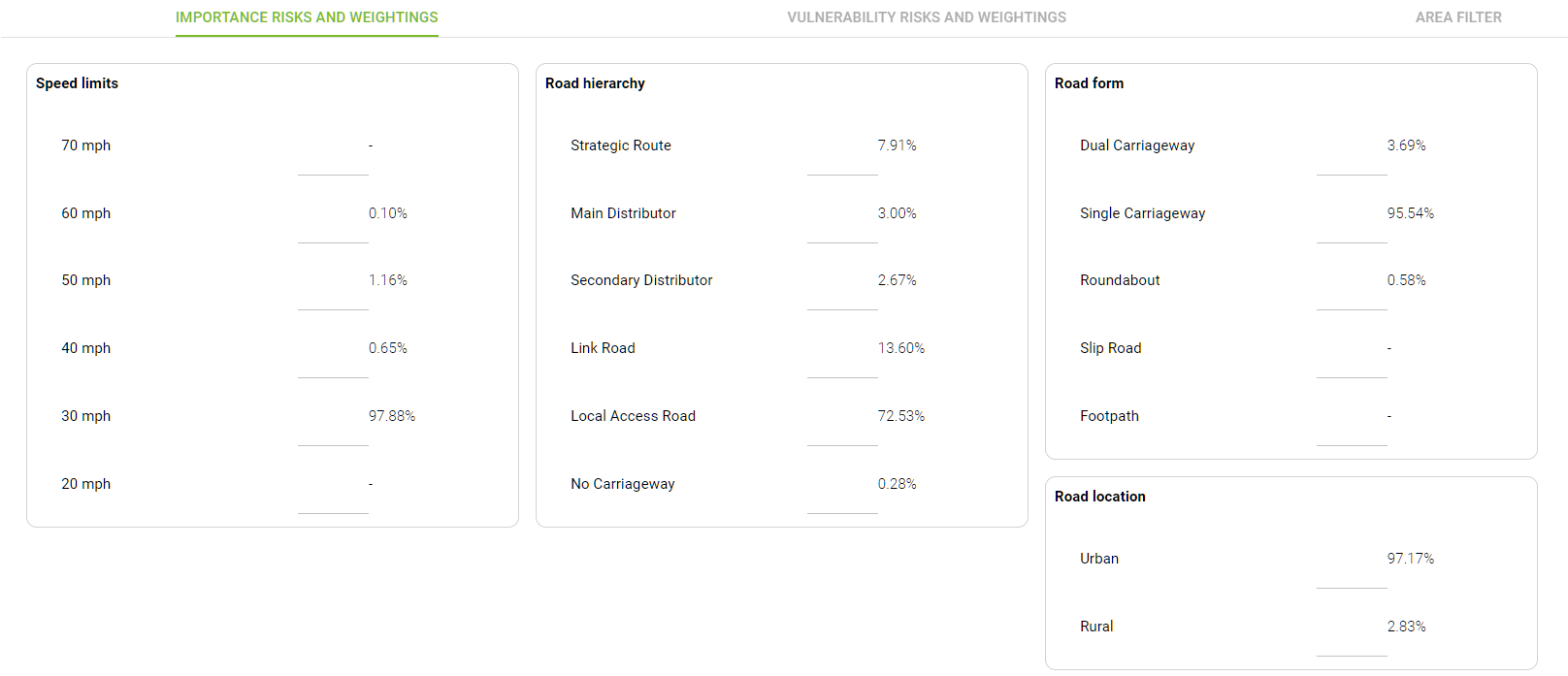Risk scoring allows you to use your historical cleaning data to determine cleaning frequencies, by assigning scores to the various Location, structural and historical data points. This allows you to concentrate your cleaning on those assets that are more likely to flood, or more likely to cause major issues if they flood.
Risk scores are assigned to assets to allow better informed decisions to be undertaken regarding asset priority and cleaning schedule. Scoring is based on two factors: importance and vulnerability.
The process utilises multiple datasets in the software. Datasets can include council ownership zones, parking zones, other geographical features of interest as well as asset location and condition information. As asset data builds up over time, risk can be assessed more accurately.
To create a new Risk Scoring profile and select which data points to use for the scores, see Create a New Risk Scenario in Gully SMART.

Once you have created the scenario, see Assign Importance and Vulnerability Scores in a Gully SMART Risk Scenario for help assigning the scores to your data.

Finally, after assigning scores to your assets, see Assign Cycle Lengths to Assets Using the Risk Matrix to use the scores to set the clean frequencies on your assets.

